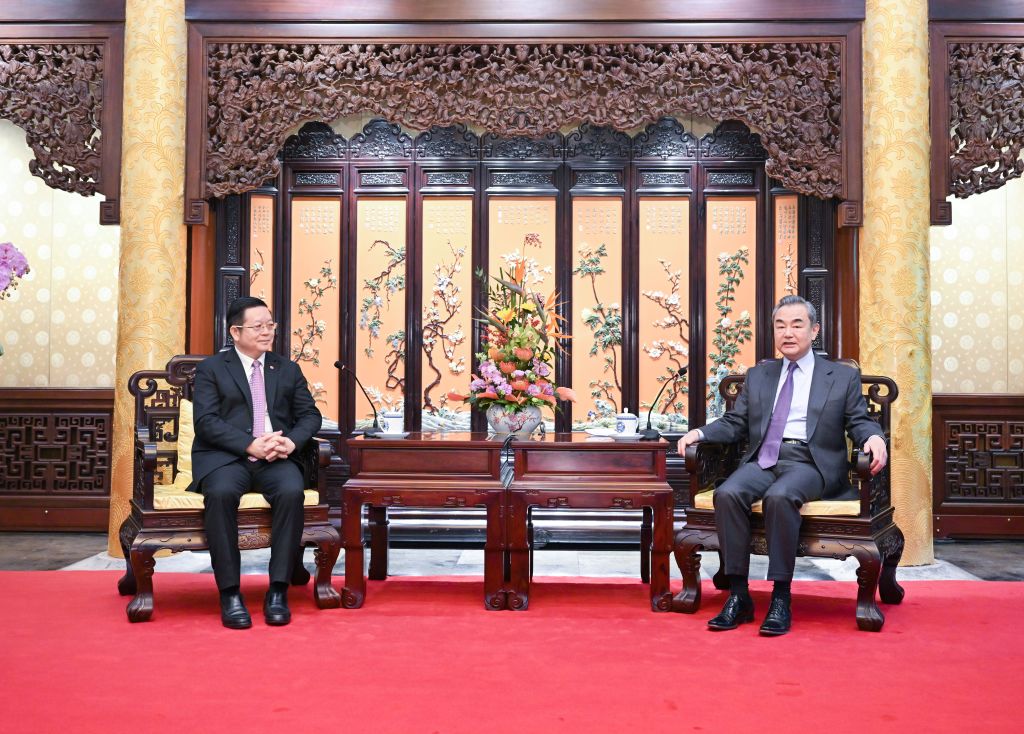
Last month’s G7 summit in Hiroshima and the G20 tourism meeting in Kashmir in February underscored the stark contrast between the two groups’ rhetoric. While the G20 emphasised its ‘one earth, one family, one future’ motto, the G7’s combative attitude could be summarised as ‘We must divorce China.’
For the member states of the Association of Southeast Asian Nations, decoupling is not an option. While the region could benefit from production and investment shifting away from China to ASEAN countries, a full economic decoupling between the Chinese economy and the West could also result in trade diversion, higher production costs and reduced welfare over the long term.
The push to decouple the American and European economies from China currently seems to be limited to sectors such as energy, semiconductors, information and communication technology, mining and minerals. But decoupling is expected to affect nearly every industry, including machinery, mechanical appliances, electrical components and automobiles.
Given that ASEAN economies are equally dependent on the United States, the European Union, China and East Asia, the bloc must maintain neutrality, refrain from taking sides and strengthen cooperation. By leveraging their growing economic and political influence, member states could promote peace, foster cooperation and increase engagement with the international community.
Amid the intensifying geopolitical rivalry between the US and China, ASEAN countries must also deepen regional economic integration. Over the past two decades, intra-ASEAN trade as a share of members’ total trade has stagnated at around 22–23%. To be sure, members’ exports to the rest of the world have increased over this period. But ASEAN countries’ share of global trade barely increased between 2000 and 2022, growing from 6.4% to 7.8%.
There are three possible explanations for the stagnation of intra-ASEAN trade since the turn of the century. The first is the region’s model of shallow integration. Because most ASEAN-made products are substitutes rather than complements, the scope for increased trade between members is inherently limited.
Second, stricter rules of origin and non-tariff measures could act as trade barriers. While these regulations and procedures are aimed at ensuring health, safety and environmental protections, their design and implementation can inadvertently impede trade and investment.
Lastly, it is important to recognise that ASEAN is not a self-contained region. Member states rely heavily on investment and technology from countries such as Japan, South Korea and China. And while the bloc functions as a united group, it is not a customs union, which means that member states may engage with other countries or blocs on their own. This flexibility enables members to pursue their own interests and seek diverse partnerships and agreements while maintaining the cohesion and vitality of the ASEAN community.
The Regional Comprehensive Economic Partnership, which includes all 10 ASEAN countries, China, Japan, South Korea, Australia and New Zealand, is a case in point. Representing roughly one-third of global GDP and one-quarter of the world’s total trade and investment, the RCEP is the world’s largest free-trade area, and its aim is to foster greater trade integration by reducing tariffs on 90% of product lines.
The Comprehensive and Progressive Agreement for Trans-Pacific Partnership (previously known as the Trans-Pacific Partnership) is another example. Since 2018, four ASEAN countries—Singapore, Vietnam, Brunei and Malaysia—have joined the CPTPP, which accounts for roughly 13% of global GDP and aims to reduce tariffs on 98% of product lines.
The Indo-Pacific Economic Framework for Prosperity, a newly established grouping launched by US President Joe Biden’s administration in May 2022, also seeks to foster regional partnerships. But the agreement has faced criticism as being exclusionary and divisive. In addition to the US, Japan, South Korea, India, Australia and New Zealand, seven ASEAN countries—Singapore, Thailand, Indonesia, Malaysia, the Philippines, Vietnam and Brunei—have joined the IPEF. But Cambodia, Laos and Myanmar have been left out of this new framework.
Such exclusions could exacerbate economic disparities between ASEAN members and heighten regional tensions, offsetting the benefits of existing mega-regional trade agreements, such as the RCEP. Some critics have argued that the IPEF is largely symbolic and intended to appeal to American voters rather than implement effective policies that benefit its members. Likewise, trade ministers from across the Indo-Pacific recently convened in Detroit to discuss a series of measures aimed at bolstering supply chains for essential goods, such as semiconductors and critical minerals. But the agreement they reached lacks clear policy objectives beyond reducing dependency on China.
Given that they cannot afford to decouple from either side, the escalating rivalry between China and the West puts ASEAN countries in a difficult position. Trade between the bloc’s member states and Europe more than tripled between 2000 and 2022, from US$110.5 billion to US$342.3 billion. Similarly, ASEAN’s trade with the US surged from US$135.1 billion to US$452.2 billion. ASEAN exports to the US nearly quadrupled from US$87.9 billion to US$356.7 billion over the same period.
At the same time, trade between ASEAN and China reached US$975.3 billion in 2022, an astounding 24-fold increase from 2000. ASEAN countries’ exports to China increased by a factor of 18 during this period, from US$22.2 billion to US$408.1 billion.
Moreover, East Asia, the US and the EU are all significant sources of foreign direct investment in ASEAN countries. In 2021, East Asian countries accounted for 33% of total FDI in the region, while the US and EU accounted for 22% and 15%, respectively.
Given the depth of these economic ties, urging ASEAN countries to decouple from China is deeply unfair. It is also short-sighted, because decoupling would undermine trade and economic development within the bloc, fuelling political instability across the region.

